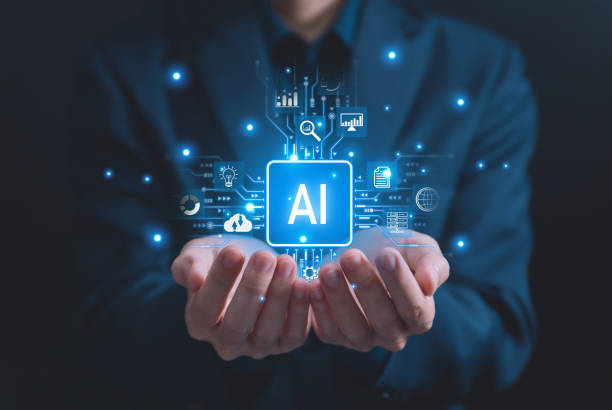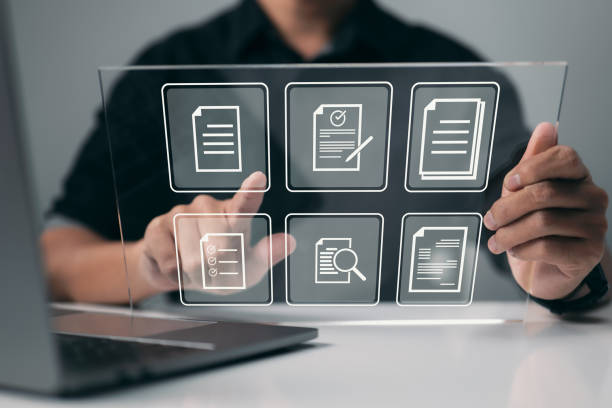What is On-Page SEO and Why is it Important?
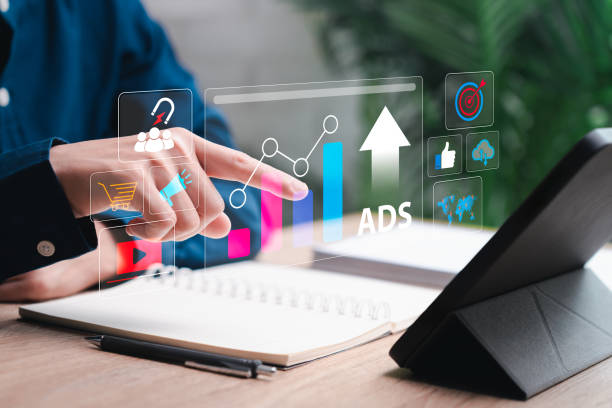
On-Page SEO refers to the set of actions you take within your website to improve its ranking in search engines.
These actions include optimizing content, site structure, HTML tags, and other internal site elements.
On-Page SEO helps search engines better understand the topic and content of your site’s pages, and as a result, improves your site’s ranking in search results.
The importance of On-Page SEO stems from the fact that without internal optimization, even with the best off-page SEO strategy, you cannot achieve high rankings.
In fact, On-Page SEO is the foundation of a successful SEO strategy.
A site with strong On-Page SEO has a better chance of attracting organic traffic and increasing targeted visitors.
On-Page SEO also increases conversion rates by improving user experience.
For example, if your site’s content is well-organized and users can easily find the information they need, they are more likely to stay on your site and make a purchase or sign up.
On-Page SEO helps search engines better understand your content.
Internal linking is a vital aspect of On-Page SEO that helps improve site ranking.
Are you tired of your online store not generating as much revenue as it could? Rasaweb, specializing in professional online store design, solves this problem once and for all!
✅ Increased sales and revenue
✅ High loading speed and exceptional user experience
⚡ Get a free consultation on online store design
Keyword Research and its Role in On-Page SEO
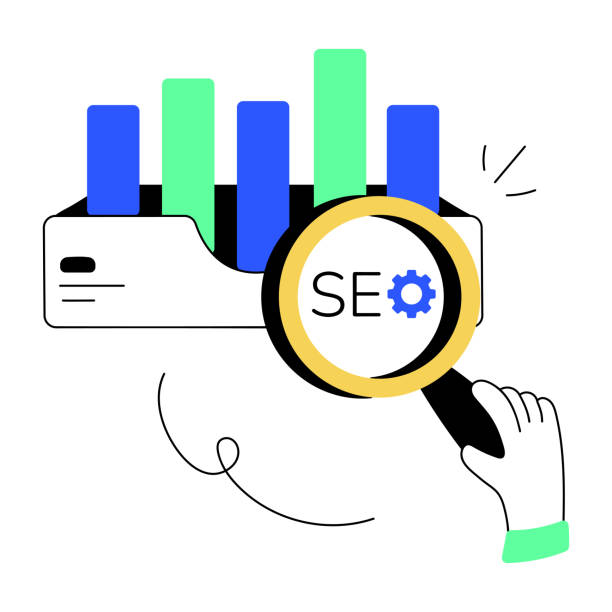
Keyword research is one of the most important steps in On-Page SEO.
Choosing the right keywords relevant to your business helps you create content that is searched for by users and attracts targeted traffic to your site.
To conduct keyword research, you can use various tools such as Google Keyword Planner, Ahrefs, and SEMrush.
These tools provide you with information about search volume, competition, and related keywords.
After finding the right keywords, you should strategically use them in your site content.
Keywords should be included in page titles, meta descriptions, headings, and the main text of the content.
However, be aware that excessive use of keywords (Keyword Stuffing) can damage your site’s SEO.
Therefore, try to use keywords naturally and in the appropriate context.
Using LSI (Latent Semantic Indexing) keywords can also help improve your site’s On-Page SEO.
LSI keywords are words that are related to your main keyword and help search engines better understand the topic of your content.
Proper use of keywords in On-Page SEO increases site visits.
Optimizing Titles and Meta Descriptions for On-Page SEO

The title and meta description are two important elements in On-Page SEO that are displayed in search results.
The page title should be attractive, concise, and include the main keyword.
The length of the page title should not exceed 60 characters, as it will be truncated in search results otherwise.
The meta description should also be an attractive summary of the page content and encourage users to click.
The length of the meta description should not exceed 160 characters.
The meta description is an opportunity for you to convince users that your site is the best source for answering their questions.
Using keywords in the meta description can also help improve your site’s ranking, but more importantly, you should focus on providing an attractive and relevant description of the page’s content.
Optimizing the title and meta description helps search engines better understand the topic of the page, and as a result, improves your site’s ranking in search results.
| Element | Description | Best Practice |
|---|---|---|
| Page Title | The title of the page displayed in search results. | Attractive, concise, includes the keyword (maximum 60 characters) |
| Meta Description | Attractive summary of the page content displayed in search results. | Attractive, relevant, includes the keyword (maximum 160 characters) |
Optimizing Content and URL Structure for On-Page SEO
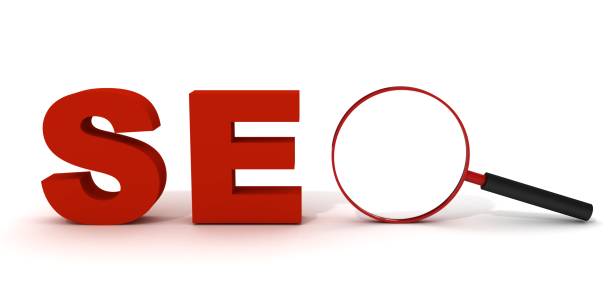
Content is king! This statement is very important in On-Page SEO.
High-quality, unique content relevant to users’ needs can attract a lot of organic traffic to your site.
Your site’s content should comprehensively address the topic and answer users’ questions.
Also, your site’s content should be updated regularly so that search engines know that your site is active and provides new information.
The URL structure also plays an important role in On-Page SEO.
The URL of your site’s pages should be short, readable, and include the main keyword.
Avoid using unnecessary characters and numbers in your URL.
A good URL structure helps search engines better understand the content of the page, and users can easily remember and share the URL.
Short and descriptive URLs help improve user experience and increase the likelihood that users will click on your link.
Pay attention to these two important categories in On-Page SEO.
Is your online store ready to attract maximum customers and more sales? Rasaweb transforms your online business with modern and efficient online store designs.
✅ Increased speed and improved SEO
✅ Excellent user experience on mobile and desktop⚡ Get a free consultation on online store design from Rasaweb!
Optimizing Images and Videos for On-Page SEO
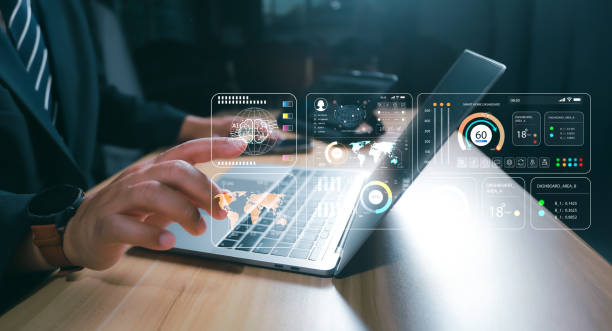
Images and videos can help improve your site’s On-Page SEO, but only if they are properly optimized.
To optimize images, you should use the appropriate file name, Alt tag, and size.
The image file name should be descriptive and include the main keyword.
The image Alt tag should be a brief description of the image content and help search engines understand the image.
The image size should also be optimized to avoid slowing down page loading speed.
To optimize videos, you should use the appropriate title, description, and tags.
The video title should be attractive and include the main keyword.
The video description should be a summary of the video content and encourage users to watch it.
Video tags should be keywords related to the video topic.
Optimizing images and videos helps search engines better understand the content of the page, and as a result, improves your site’s ranking in search results.
Using high-quality images and videos helps improve user experience and keeps users on your site longer.
Internal Linking and its Role in On-Page SEO
![]()
Internal linking refers to creating links between different pages of your site.
Internal linking helps search engines better understand your site structure and find more important pages.
Also, internal linking helps users easily navigate your site and find the information they need.
To create effective internal linking, you should strategically place links in the appropriate context.
Avoid linking to irrelevant pages and broken links.
Also, try to use descriptive Anchor texts (clickable link text) and include keywords.
Internal linking is a strong strategy in On-Page SEO that should not be ignored.
Proper use of internal linking improves your site crawling.
Optimizing Site Speed and User Experience in On-Page SEO
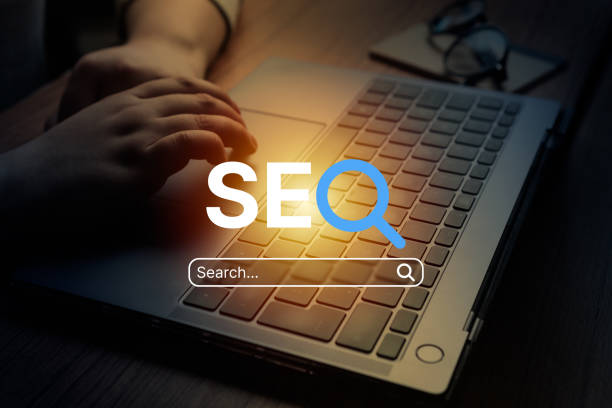
Site speed and user experience are two important factors in On-Page SEO that directly affect your site’s ranking in search results.
A site with high speed and good user experience keeps users satisfied and reduces the Bounce Rate.
To optimize site speed, you can use various methods such as compressing images, using CDN, enabling caching, and optimizing code.
To improve user experience, you should regularly check your site and fix any potential problems.
Your site should have a Responsive Design so that it displays well on all devices (mobile, tablet, desktop).
Also, your site should have a simple and understandable navigation (menu) structure so that users can easily navigate your site.
On-Page SEO pays special attention to these issues.
| Factor | Description | Optimization Methods |
|---|---|---|
| Site Speed | Website loading speed | Image compression, using CDN, enabling caching |
| User Experience | Ease of use and accessibility of the site | Responsive design, simple navigation structure, fixing potential issues |
Using Structured Data (Schema Markup) in On-Page SEO
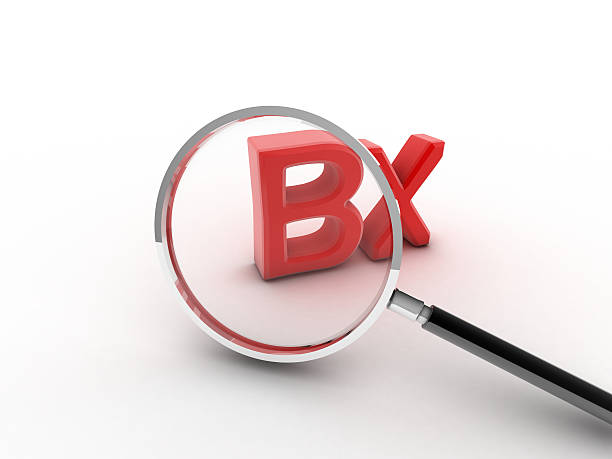
Structured data (Schema Markup) are codes that help search engines better understand the content of your site’s pages.
By using structured data, you can provide important information such as product name, price, rating, and contact information to search engines.
This information can be displayed as Rich Snippets in search results and increase your site’s click-through rate (CTR).
Using structured data is an advanced technique in On-Page SEO that can help improve your site’s ranking.
Structured data helps Google understand the site content.
Are you tired of your online store not generating as much revenue as it could? Rasaweb, specializing in professional online store design, solves this problem once and for all!
✅ Increased sales and revenue
✅ High loading speed and exceptional user experience
⚡ Get a free consultation on online store design
Optimizing Site for Mobile (Mobile-Friendly)
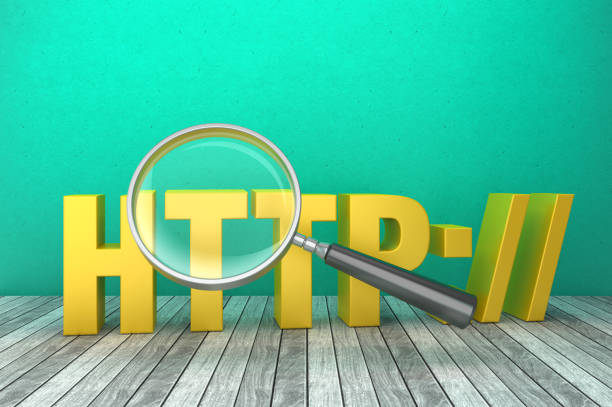
Given the increasing use of mobile for searching the internet, optimizing your site for mobile (Mobile-Friendly) is of particular importance.
Your site should have a Responsive Design so that it displays well on all mobile devices.
Also, your site should have a high loading speed on mobile and a simple and understandable navigation (menu).
Google gives a better ranking to sites that are optimized for mobile.
On-Page SEO helps you achieve a good ranking on mobile.
Monitoring and Measuring On-Page SEO Results
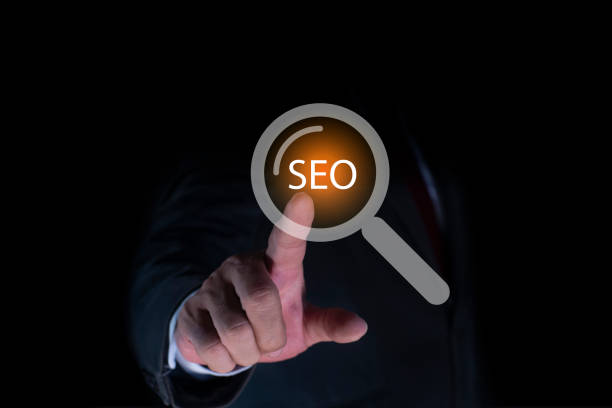
After taking On-Page SEO actions, you should regularly monitor and measure the results.
For this, you can use various tools such as Google Analytics and Google Search Console.
These tools provide you with information about organic traffic, keywords, site ranking, and other key performance indicators (KPIs).
By monitoring and measuring the results, you can identify the strengths and weaknesses of your On-Page SEO strategy and take the necessary steps to improve it.
On-Page SEO is a continuous process and requires constant effort and follow-up.
Monitoring and measuring helps you continuously optimize your SEO strategy and achieve better results.
Frequently Asked Questions
| Question | Answer |
|---|---|
| What is On-Page SEO? | It refers to the set of actions taken within the website to improve ranking in search engines. |
| Why is On-Page SEO important? | Because it helps search engines better understand your site’s content and structure and improves the user experience. |
| What are the most important elements of On-Page SEO? | Title and meta descriptions, keywords, URL structure, high-quality content, image optimization, internal linking, and site speed. |
| How to optimize Title Tag and Meta Description? | The title should include the main keyword and be attractive, and the meta description should be an encouraging summary of the content with related keywords. |
| What is the role of keywords in On-Page SEO? | Keywords help search engines understand what the page content is about and should be used naturally and intelligently in the text. |
| How is image optimization done for On-Page SEO? | By compressing the size, using a descriptive file name, and filling the Alt tag with relevant descriptions and keywords. |
| What is Internal Linking and what is its purpose? | It is the connection of different pages of the site to each other. This helps to distribute page authority and improve search engine crawling. |
| What is the importance of site loading speed in On-Page SEO? | High speed improves the user experience and is one of the important ranking factors for search engines like Google. |
| What effect does Mobile-Friendliness of the site have on On-Page SEO? | Considering the increase in mobile users, being responsive is essential for providing a suitable user experience on all devices and the priority of Google’s mobile index. |
| What are the important factors related to content in On-Page SEO? | Originality, quality, comprehensiveness, readability, proper use of headings (H1, H2, …) and regular content updates. |
And other services of Rasa Web advertising agency in the field of advertising
Intelligent social media: An effective tool to increase sales with the help of custom programming.
Intelligent link building: An effective tool to increase sales with the help of optimizing key pages.
Intelligent marketing automation: A creative platform to improve sales by automating marketing.
Intelligent digital advertising: A professional solution to increase website visits with a focus on optimizing key pages.
Intelligent data analysis: Professional optimization to improve SEO ranking by using key page optimization.
And more than hundreds of other services in the field of internet advertising, advertising consulting and organizational solutions
Internet advertising | Advertising strategy | Advertorial
Resources
On-Page Optimization: The Internal SEO Guide and Techniques
,On-Page SEO: The Comprehensive Guide
,Page Optimization: On-Page SEO
,What is On-Page SEO?
? With Rasaweb Afrin, have a powerful presence in the digital world! From professional corporate website design to SEO optimization and social media management, we are your comprehensive digital marketing solution.
📍 Tehran, Mirdamad Street, next to the Central Bank, South Kazerun Alley, Ramin Alley No. 6


